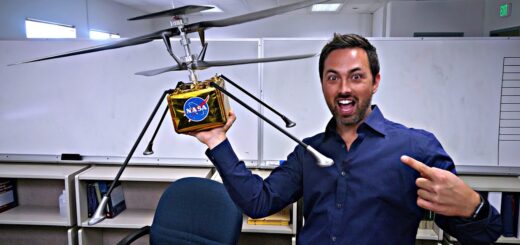Galactic Collisions: When Worlds Collide in Space
Galactic collisions are some of the most spectacular events in the universe. When two galaxies collide, their immense gravitational forces interact, causing stars, gas, and dust to collide and merge. This process can take millions of years to complete, resulting in the creation of new stars and the formation of unique structures.
One of the most famous examples of a galactic collision is the collision between the Milky Way and the Andromeda galaxy. Currently, these two galaxies are moving towards each other at a speed of about 400,000 kilometers per hour. It is estimated that they will collide in about 4 billion years, forming a new galaxy known as Milkomeda.
During a galactic collision, the stars in each galaxy can pass dangerously close to each other, causing some to be thrown out of their original orbits. However, despite the chaos and destruction, galactic collisions can also trigger the formation of new stars. As gas and dust collide and compress, they can form dense regions where new stars are born.
In addition to creating new stars, galactic collisions can also result in the formation of unique structures such as tidal tails, bridges, and rings. Tidal tails are long streams of stars and gas that are pulled out of galaxies during a collision. These tails can stretch for hundreds of thousands of light-years and are a visible sign of the gravitational forces at work during a collision.
Galactic collisions are not only visually stunning but also provide valuable insights into the evolution of galaxies. By studying the aftermath of collisions, astronomers can learn more about how galaxies form, grow, and evolve over time. These collisions can also help astronomers understand the role of dark matter in shaping the structure of galaxies.
While galactic collisions are rare events on a cosmic timescale, they are a natural part of the evolution of galaxies. As galaxies continue to move and interact with each other, collisions will continue to shape the universe and create new and unique structures. The study of galactic collisions provides a fascinating window into the dynamic and ever-changing nature of our universe.













